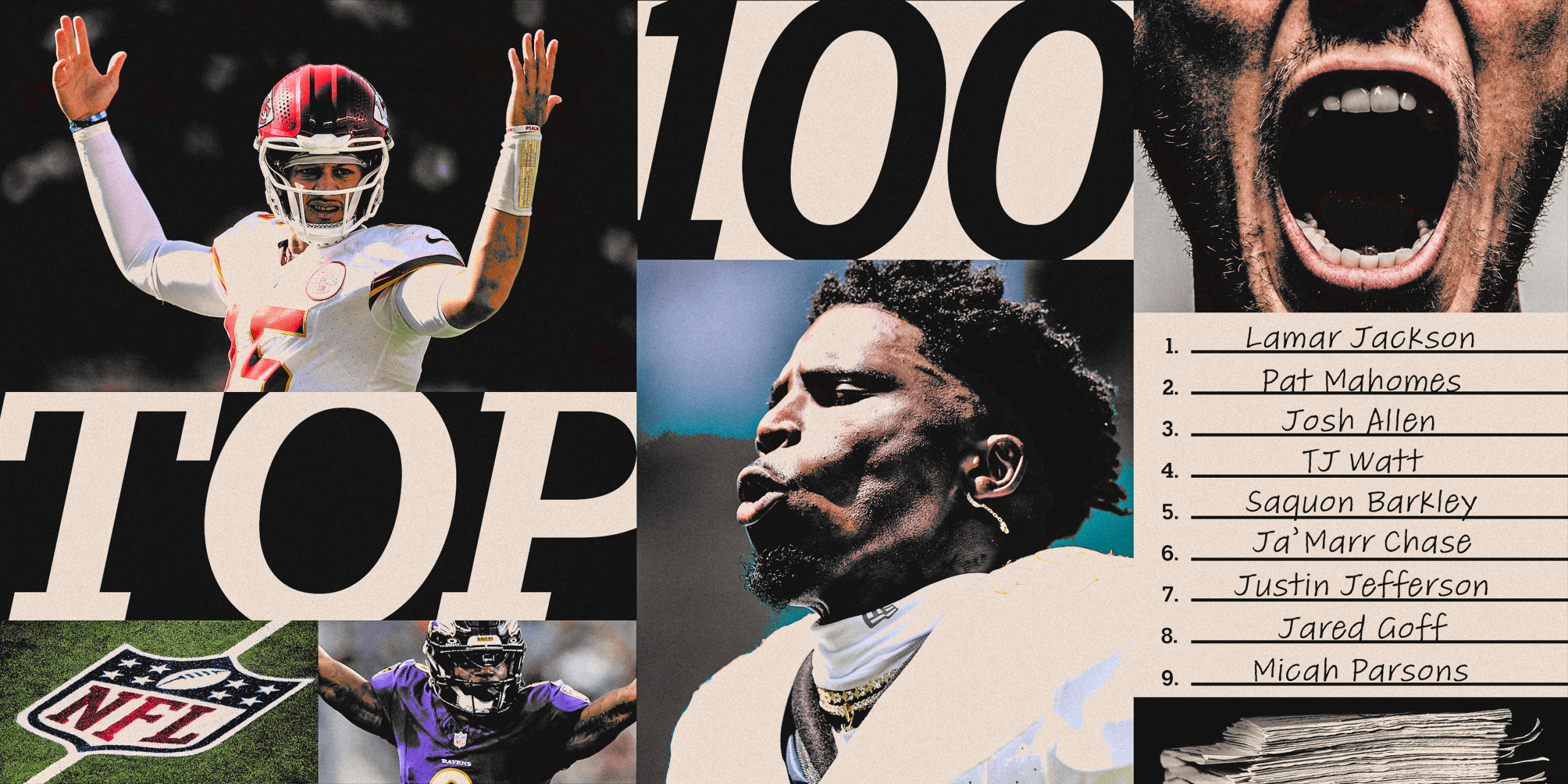The annual “NFL Top 100” poll consistently serves as a dramatic flashpoint within the league, exemplified by unexpected reveals and fierce debates among fans and players alike. Recent editions have intensified this scrutiny, highlighted by moments like running back Raheem Mostert’s prominent appearance with the 2024 trophy, immediately igniting discussion around the controversial nature of these highly anticipated player rankings.
Conceived from the success of a 2010 one-off show, the “NFL Top 100” was officially launched after the 2011 NFL Draft. The fundamental concept remains elegantly simple: players themselves vote to rank the top 100 peers from each NFL season, without strict positional or team constraints, fostering a unique, insider-driven perspective on player valuation.
The mechanics of the “NFL Top 100” poll have largely stayed consistent over its tenure. Approximately 900 players submit ballots, ranking their top 20 peers, with a descending points system from 20 points for first place to one for twentieth. Ballots are collected by NFL Films producers from locker rooms and cafeterias, typically from after Thanksgiving until well before the Super Bowl.
Despite the meticulous process, the list inevitably fuels significant sports debate. The 2024 reveal, for instance, saw Kansas City Chiefs quarterback Patrick Mahomes ranked fourth, while reigning MVP Lamar Jackson finished second, and Tyreek Hill surprisingly claimed the top spot. This ignited widespread skepticism and heated football analysis, with many questioning specific selections like Bo Nix or Sam Darnold over established talents such as Dak Prescott, or Cooper DeJean’s inclusion over Jalen Ramsey.
A critical aspect contributing to the ongoing sports debate is the inherent player biases that can influence voting outcomes. Factors beyond on-field performance, such as media coverage, team affiliation, or personal relationships, frequently impact a player’s perception among peers. This nuanced dynamic often means the NFL player rankings may not always align with objective talent assessments or external market valuations.
This is particularly evident in the underrepresentation of certain critical positions within the NFL Top 100. Offensive linemen, despite their crucial role and high market salaries, consistently appear less frequently compared to other positions. For instance, elite players like seven-time All-Pro guard Zack Martin never ranked higher than 53rd, illustrating how player biases affect representation in these NFL player rankings.
Conversely, some positions, like linebackers, tend to be overrepresented, appearing with far greater frequency than their salary market share suggests. Unsurprisingly, quarterbacks frequently dominate the top spots, having claimed the No. 1 ranking in 10 of the poll’s 14 years. Iconic figures such as Tom Brady and Aaron Rodgers have consistently been staples of the list, highlighting a consistent pattern in NFL player rankings.
The NFL Network acknowledges the criticism surrounding the list, with producers actively listening to player feedback and striving to refine their process. While achieving universal satisfaction among all 1,700-plus NFL players remains an elusive goal, the network continues its efforts. These dramatic shifts and recurring trends, such as significant year-over-year drops for star running backs, continue to fuel the ongoing sports debate surrounding the NFL Top 100.






Leave a Reply